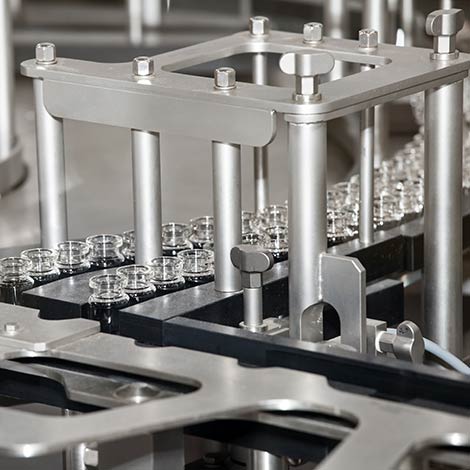
Applying Appropriate Limits in Cleanroom Monitoring
Protect the cleanliness of your environment by utilizing limits in cleanroom monitoring, including standards like ISO 14644-1:2015 and the EU GMP Annex.

Filter:

Protect the cleanliness of your environment by utilizing limits in cleanroom monitoring, including standards like ISO 14644-1:2015 and the EU GMP Annex.
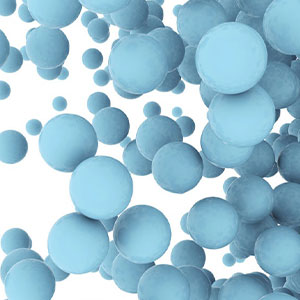
Particle counting efficiency is crucial in particle measurement, especially when using optical particle counters. This term denotes the likelihood of precisely detecting and enumerating particles within a specified size spectrum. In this context, the term “counting efficiency” represents the ability of the particle counter to quantify particles of a given size accurately. It measures the instrument’s performance, indicating how effectively it can detect and count particles of various sizes.

This article dives into the impact of counting efficiency on particle distribution data, elucidating its significance and implications for data interpretation.

OPC counting efficiency identifies the sizes of particles through a sample volume to determine the air quality of a room. Find out more …

What Cleanroom Data Analytics in Pharmaceutical Manufacturing Should be Considered When Setting up Environmental Monitoring? Pharmaceutical Manufacturing Data Analytics and Managment is one of the important steps for effective contamination control In a typical pharmaceutical manufacturing plant, there are several important tasks to ensure the product can be handled without…

Answers to EU GMP Annex 1 FAQs and concerns on the topic of environmental monitoring.

Answers to EU GMP Annex 1 FAQs and concerns on the topic of air speed strategies for unidirectional flows.
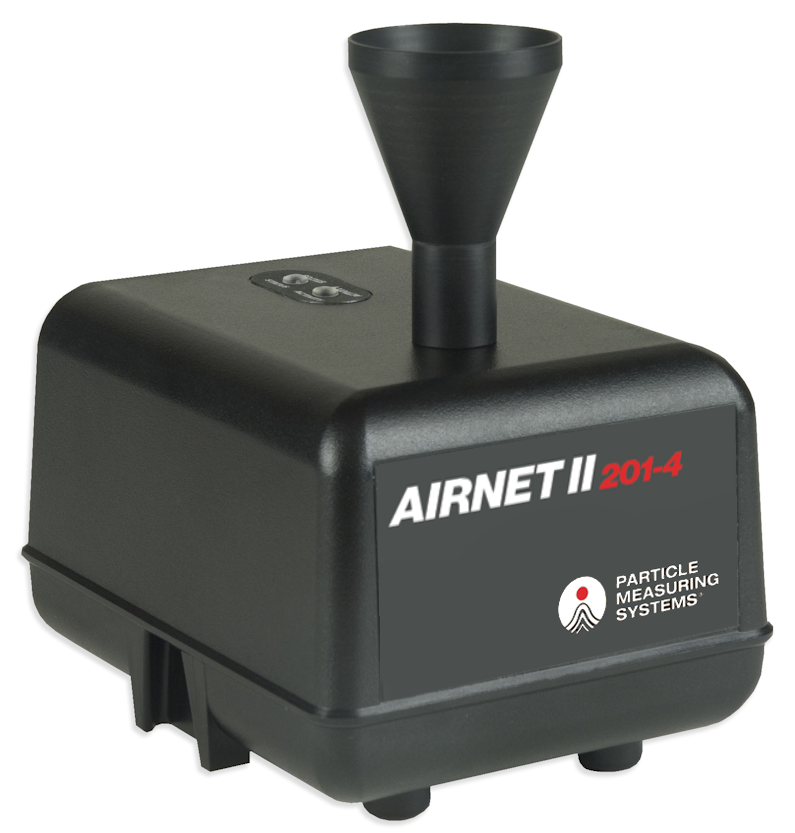
This blog explores the pivotal role of real-time aerosol particle monitoring in semiconductor manufacturing, specifically focusing on the innovative solution provided by Particle Measuring Systems’
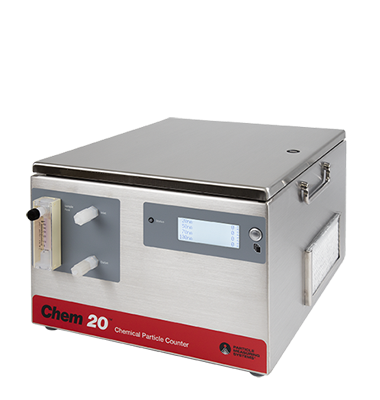
Here, we explore the diverse applications of the Chem 20™ 20 nm chemical particle counter across semiconductor manufacturing stakeholders.
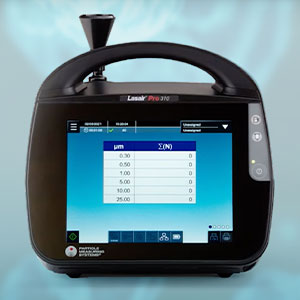
Aerosol particle counters play a pivotal role in maintaining cleanroom air quality, providing rapid counting and sizing of contaminant particles. While users often perceive them as simple devices, it’s crucial to understand the technology behind these instruments and the significance of the data they generate.